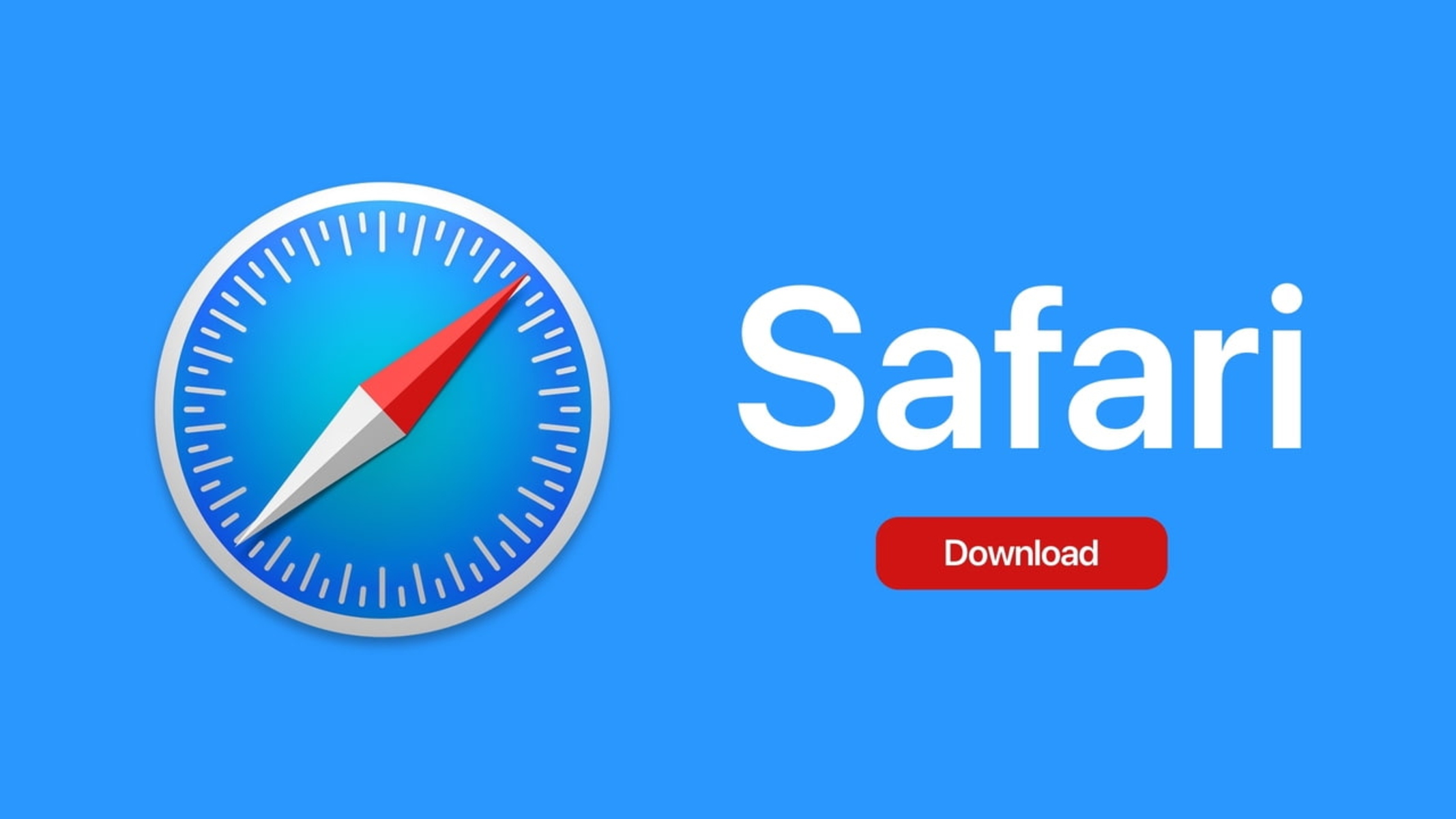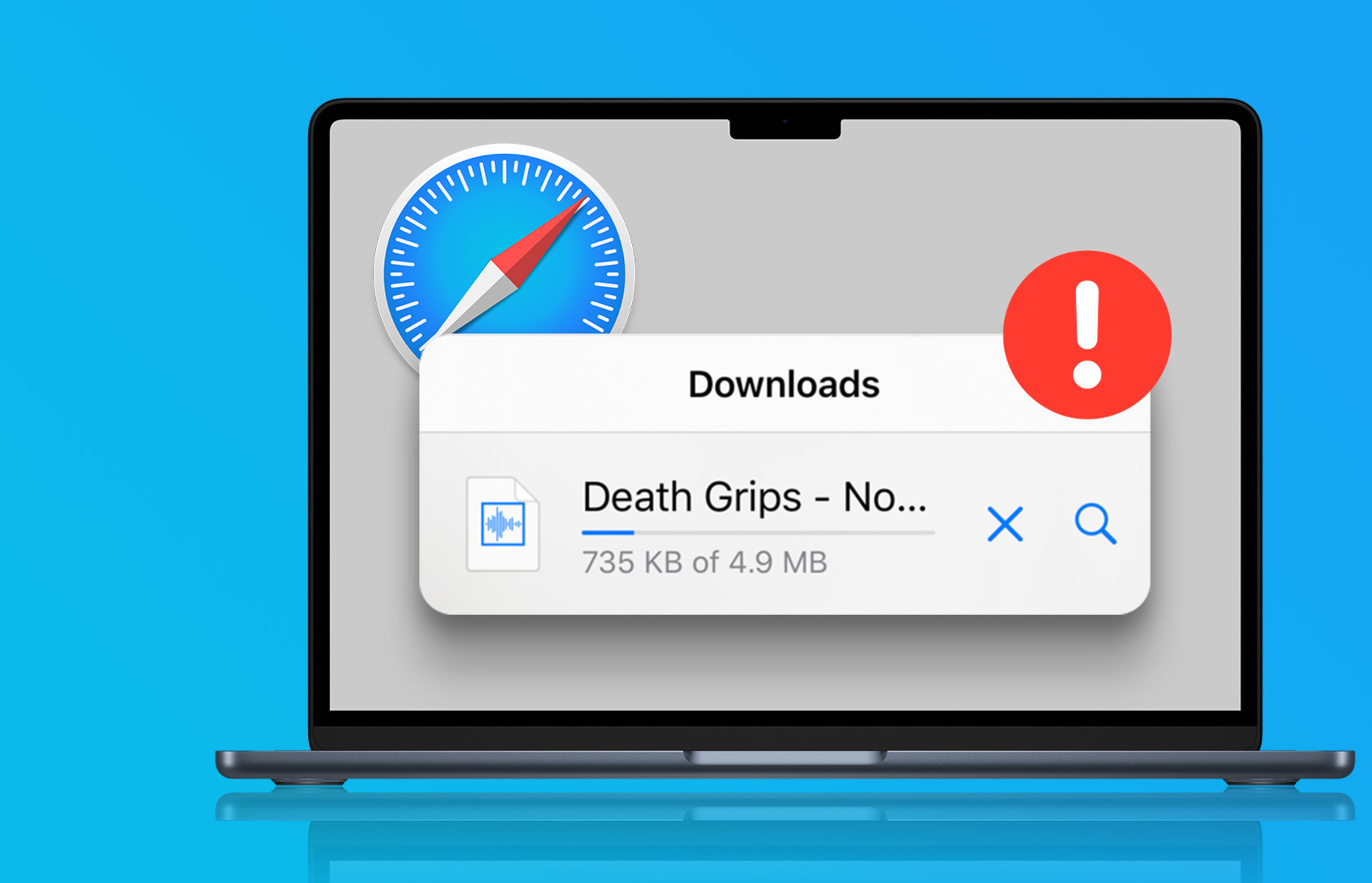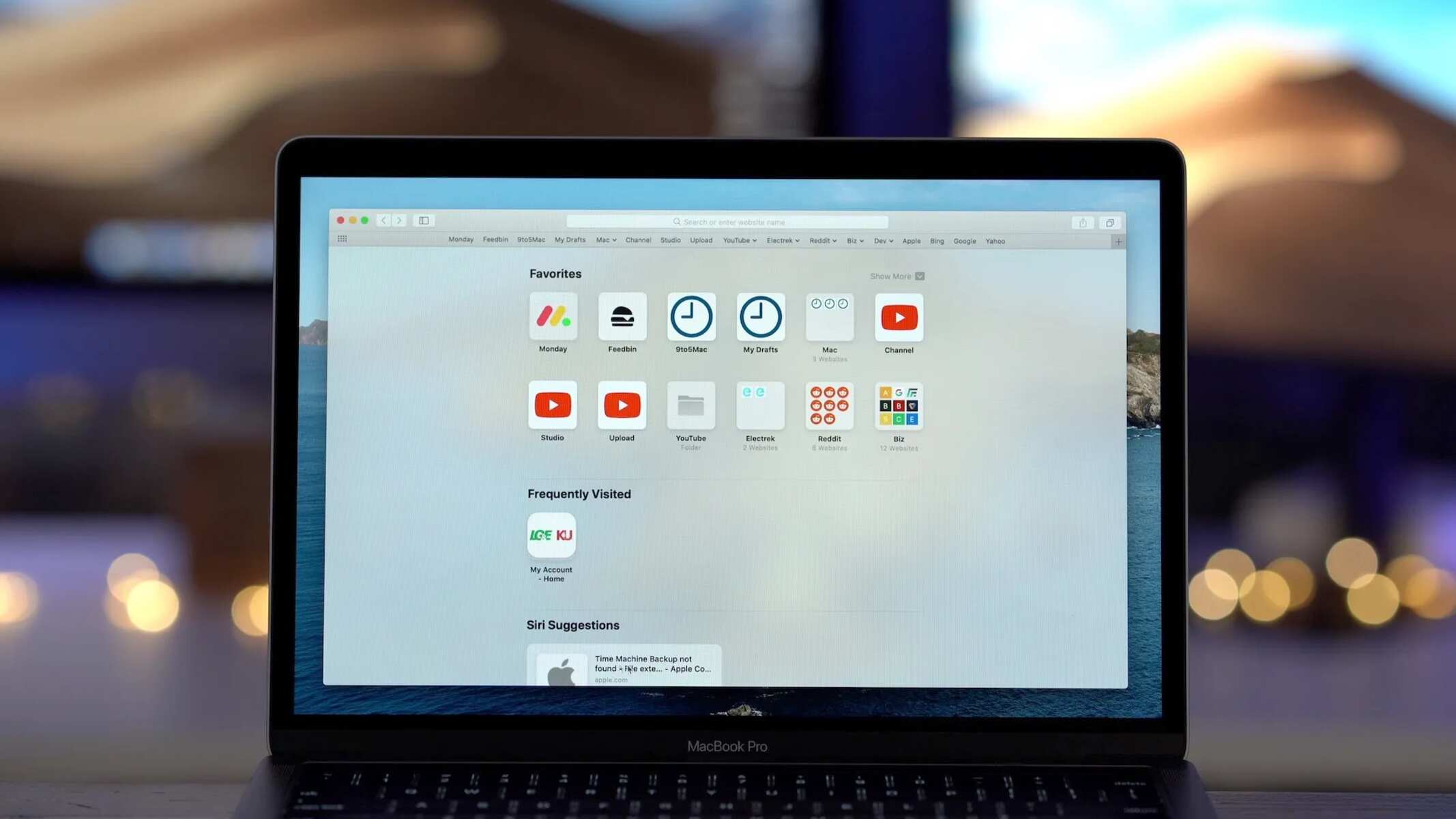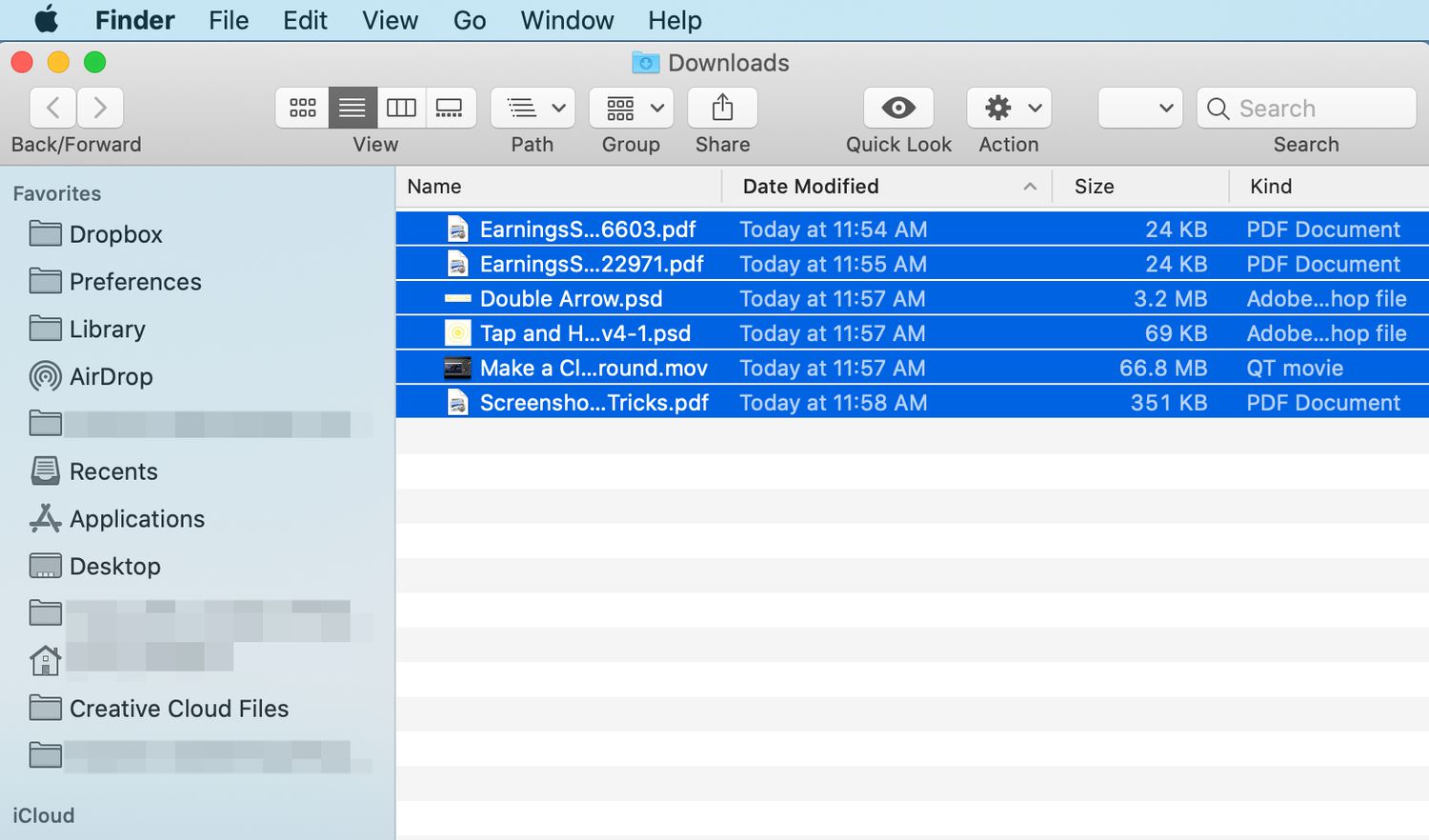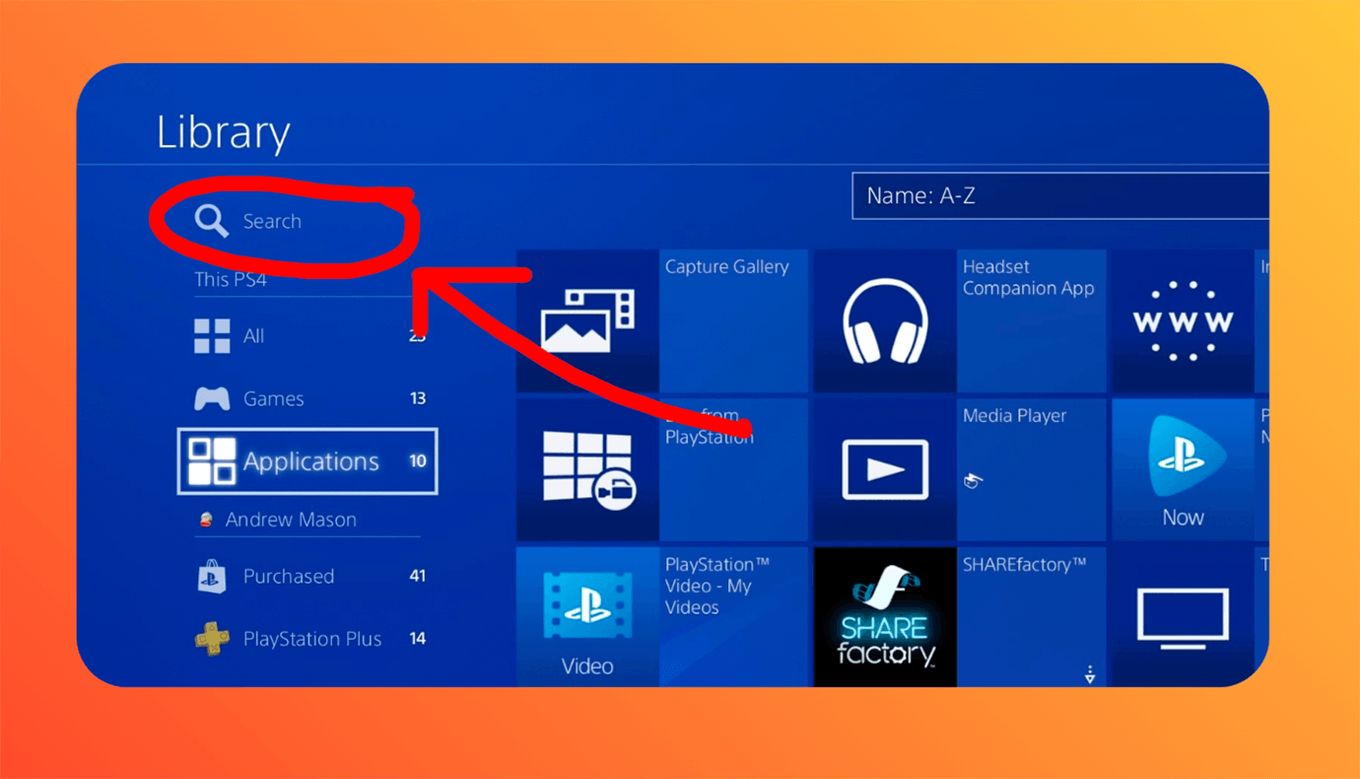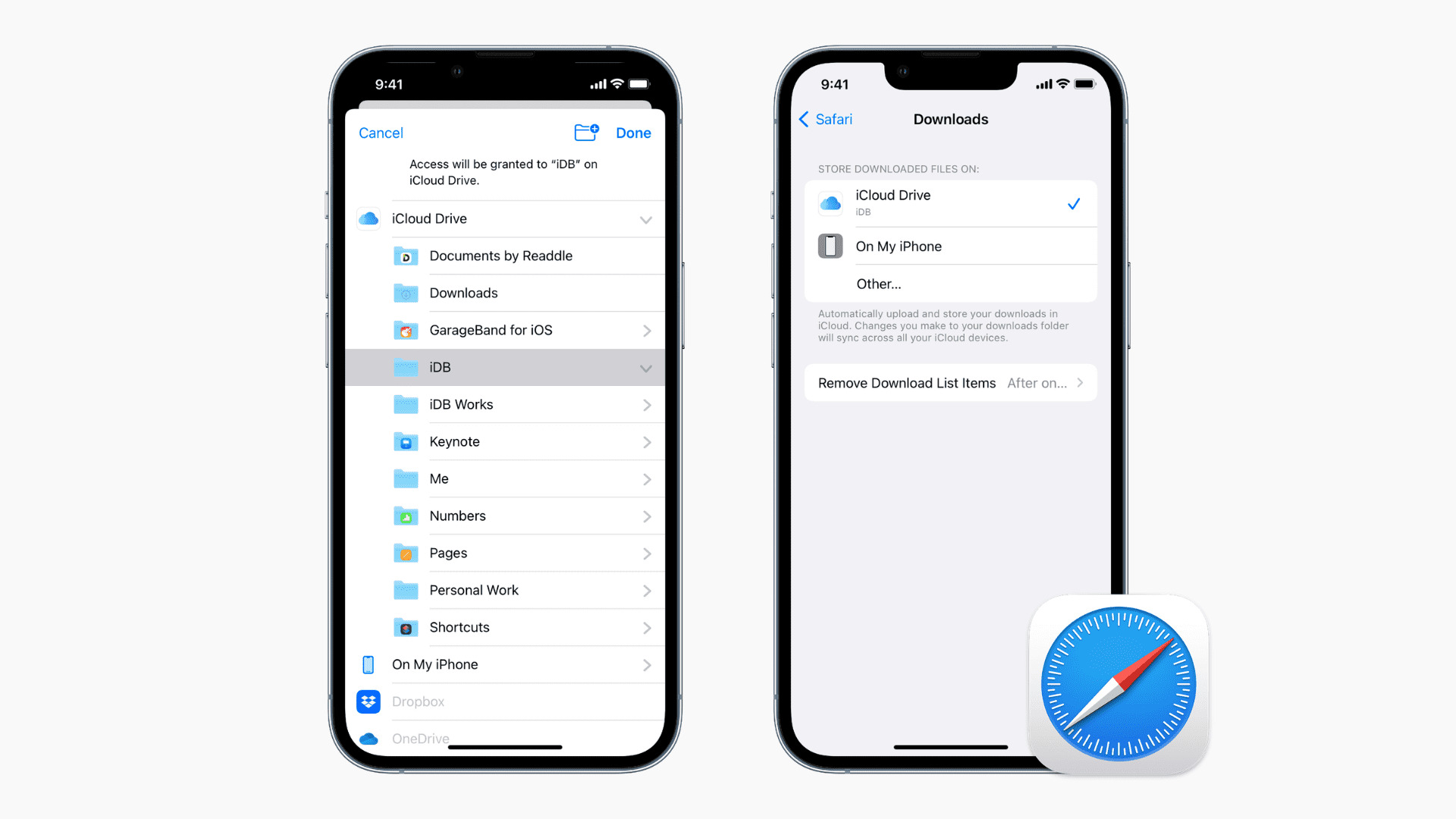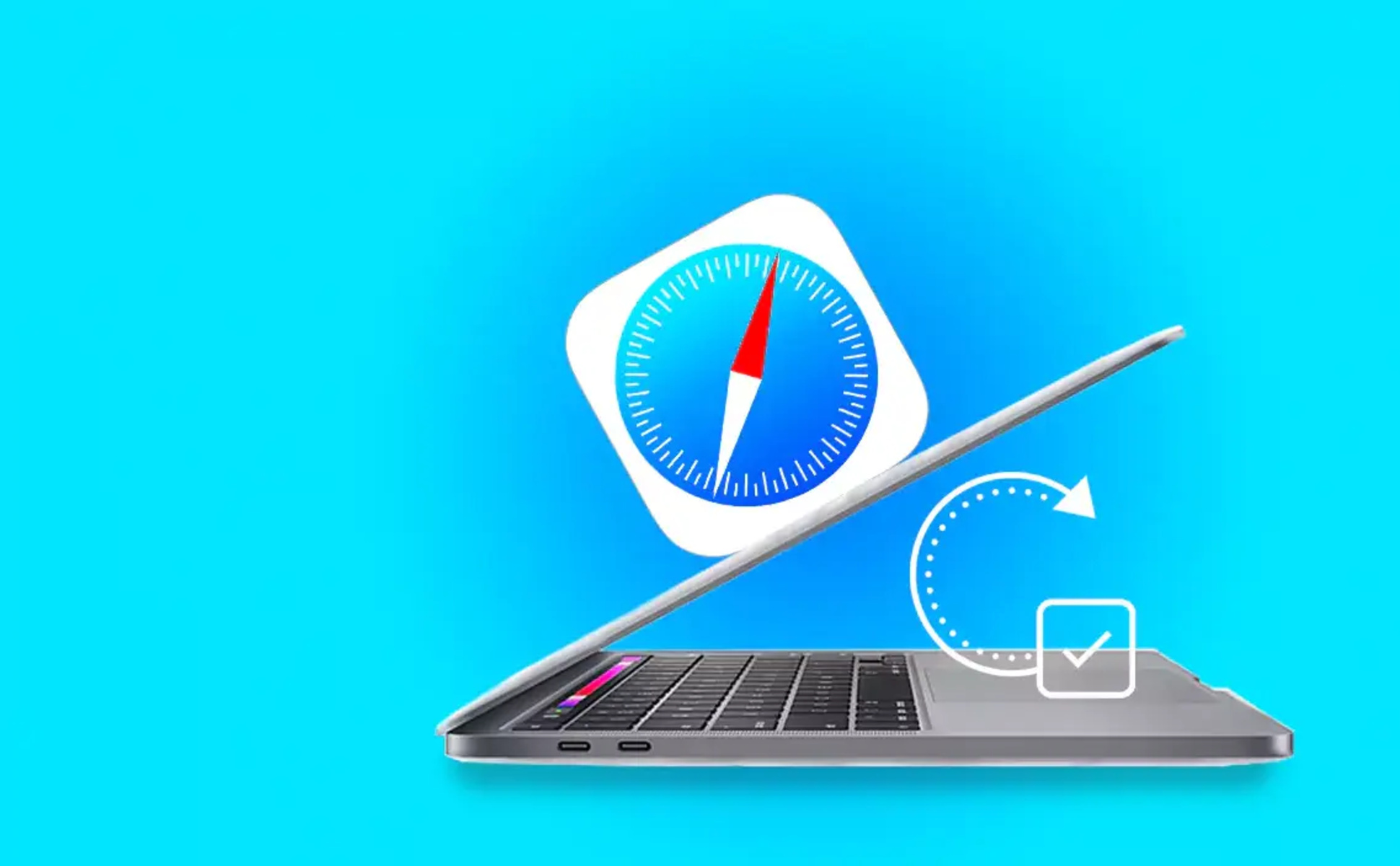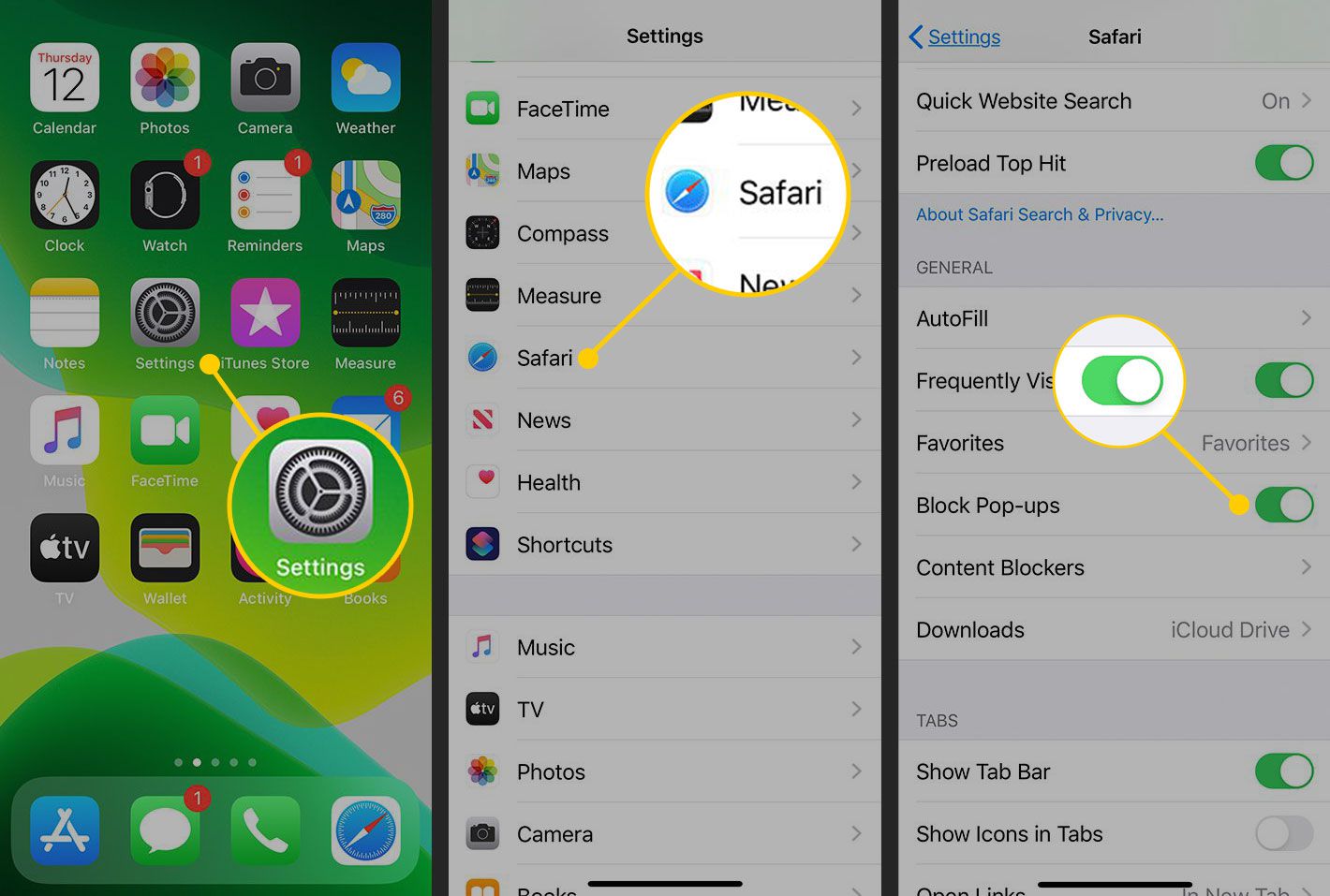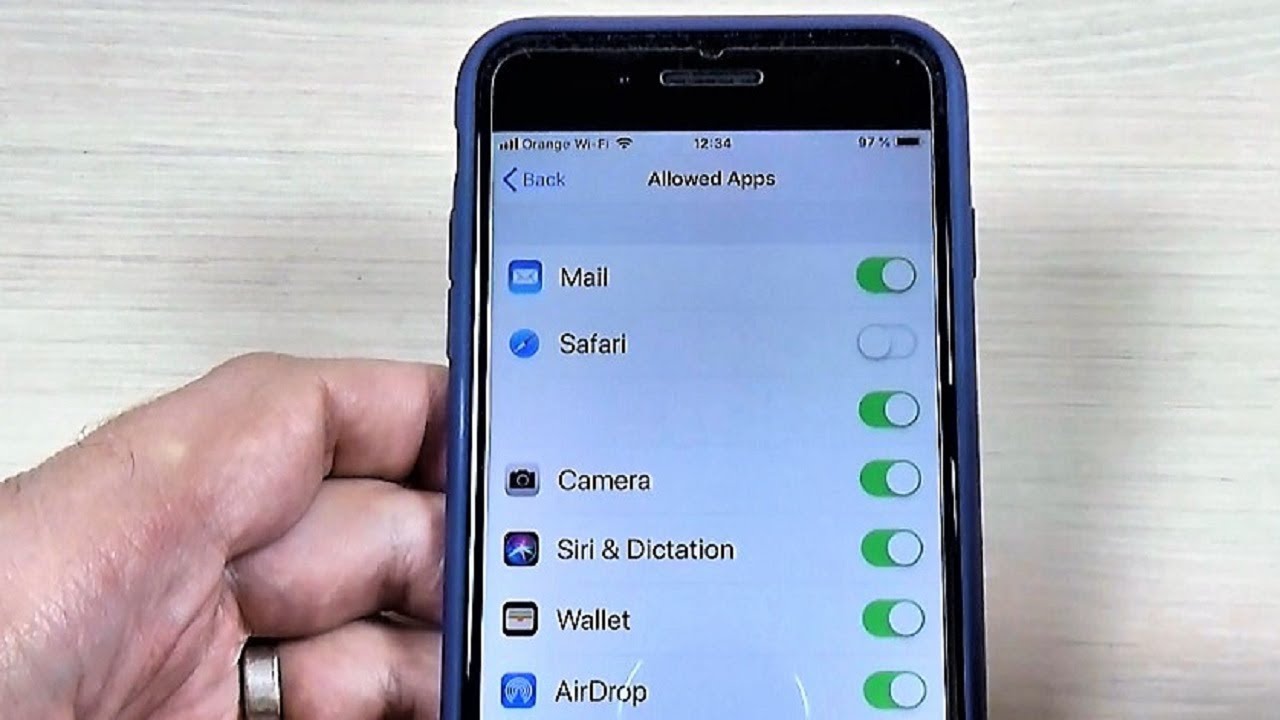Introduction
Safari, Apple's sleek and intuitive web browser, offers a seamless browsing experience for Mac and iOS users. As you navigate the digital landscape, you may find yourself downloading files, whether they are documents, images, or software installers. Understanding where these downloads are stored on your device is essential for easy access and organization.
In this article, we will delve into the intricacies of Safari's download management, shedding light on the default download location and providing insights into how you can customize this setting to better suit your preferences. Additionally, we will explore methods for efficiently locating and accessing your downloaded files, ensuring that you can effortlessly retrieve the content you need.
Let's embark on a journey through the digital pathways of Safari, uncovering the nuances of download management and empowering you to make the most of your browsing experience. Whether you're a seasoned Safari user or just beginning to explore its capabilities, this guide will equip you with the knowledge to navigate the realm of downloads with confidence and ease.
Default Download Location
By default, Safari is configured to save downloaded files to the "Downloads" folder within the user's home directory. This streamlined approach ensures that all downloaded content is consolidated in a central location, promoting ease of access and organization. When you initiate a download in Safari, whether it's a PDF document, an image, or a software installer, the file seamlessly finds its way to the designated "Downloads" folder.
For Mac users, the "Downloads" folder is readily accessible through the Finder, appearing prominently in the sidebar for convenient navigation. This default setup simplifies the process of locating downloaded files, as users can swiftly access their content without the need for extensive searching.
The default download location serves as a repository for a diverse array of content, reflecting the multifaceted nature of users' online activities. From work-related documents to personal photos and entertainment media, the "Downloads" folder accommodates a broad spectrum of digital assets, embodying the dynamic nature of modern browsing experiences.
This standardized approach to download management aligns with Apple's commitment to user-friendly design, prioritizing accessibility and organization. By establishing a predefined location for downloaded files, Safari fosters a sense of familiarity and predictability, empowering users to navigate their digital environment with confidence.
As the digital landscape continues to evolve, the default download location remains a foundational element of Safari's functionality, embodying the browser's commitment to seamless user experiences. However, for those seeking greater flexibility and customization in their download management, Safari offers the option to modify the default download location, catering to individual preferences and organizational needs.
Changing the Download Location
While Safari's default download location offers convenience and accessibility, some users may prefer a more personalized approach to managing their downloaded files. Fortunately, Safari provides the flexibility to customize the download location, allowing users to designate a specific folder or directory where their downloaded content will be stored.
To modify the download location in Safari, follow these simple steps:
-
Open Safari Preferences: Begin by launching Safari and navigating to the "Safari" menu located in the top-left corner of the screen. From the dropdown menu, select "Preferences" to access Safari's settings.
-
Navigate to the General Tab: Within the Preferences window, click on the "General" tab. This section houses a variety of settings related to Safari's behavior and appearance, including options for customizing the download location.
-
Choose a New Download Location: Look for the "File download location" or "Save downloaded files to" option within the General tab. Next to this setting, you will find a dropdown menu or a button that allows you to specify a new location for downloaded files.
-
Select a Custom Folder: Click on the dropdown menu or the button to reveal a list of available locations on your Mac. You can choose an existing folder, such as "Documents" or "Desktop," or create a new folder specifically dedicated to downloaded files.
-
Confirm the Changes: Once you have selected the desired download location, confirm the changes by closing the Preferences window. Safari will now save all downloaded files to the newly designated location, providing a tailored approach to download management.
By customizing the download location, users can streamline their file organization process, ensuring that downloaded content is stored in a manner that aligns with their preferences and workflow. Whether it's directing downloads to a project-specific folder or a designated archive, the ability to change the download location empowers users to exert greater control over their digital assets.
This customization feature reflects Safari's commitment to accommodating diverse user needs, acknowledging that individuals may have unique preferences when it comes to organizing their downloaded files. By offering the flexibility to modify the download location, Safari enhances the browsing experience, catering to the individualized requirements of its users.
In essence, the ability to change the download location in Safari exemplifies the browser's adaptability and user-centric design, empowering individuals to personalize their digital environment and optimize their workflow. Whether for professional endeavors or personal pursuits, this customization feature underscores Safari's commitment to facilitating seamless and tailored browsing experiences.
Finding Downloaded Files
Once you've initiated a download in Safari, whether it's a crucial work document, a captivating e-book, or a collection of cherished photos, the next step is locating these downloaded files. Safari simplifies this process by ensuring that all downloaded content is conveniently stored in the designated location, whether it's the default "Downloads" folder or a customized directory of your choosing.
To access your downloaded files in Safari, follow these steps:
-
Using Finder: If Safari is configured to save downloads to the default "Downloads" folder, you can easily access your downloaded files by opening the Finder application on your Mac. In the Finder sidebar, you will find the "Downloads" folder listed, allowing you to navigate directly to this location and view the downloaded content.
-
Search Functionality: In scenarios where you may not remember the specific location of a downloaded file, Safari's integration with the Spotlight search feature on macOS can be immensely helpful. By simply typing the file name or relevant keywords into the Spotlight search bar, you can swiftly locate the downloaded file, even if it's stored in a subfolder within the "Downloads" directory or a customized download location.
-
Sorting and Organization: As your collection of downloaded files grows, efficient organization becomes increasingly important. Safari enables users to sort their downloaded files by various criteria, such as date modified, file type, or name. This functionality can be particularly valuable when managing a diverse array of content, allowing for quick and intuitive access to specific files.
-
Recent Downloads Shortcut: Safari includes a convenient "Recent Downloads" shortcut, accessible from the Safari menu. This feature provides a quick overview of the most recently downloaded files, offering immediate access to the latest additions to your digital repository.
By leveraging these methods, Safari empowers users to effortlessly locate and access their downloaded files, ensuring that valuable content is readily available for reference, sharing, or further utilization. Whether it's retrieving an important business proposal, revisiting a captivating article, or sharing a memorable photo, Safari's intuitive approach to download management facilitates seamless access to your digital assets.
In essence, Safari's commitment to streamlining the process of finding downloaded files underscores its dedication to user-friendly design and accessibility. By providing straightforward methods for locating and organizing downloaded content, Safari enhances the overall browsing experience, empowering users to navigate their digital environment with ease and efficiency.







